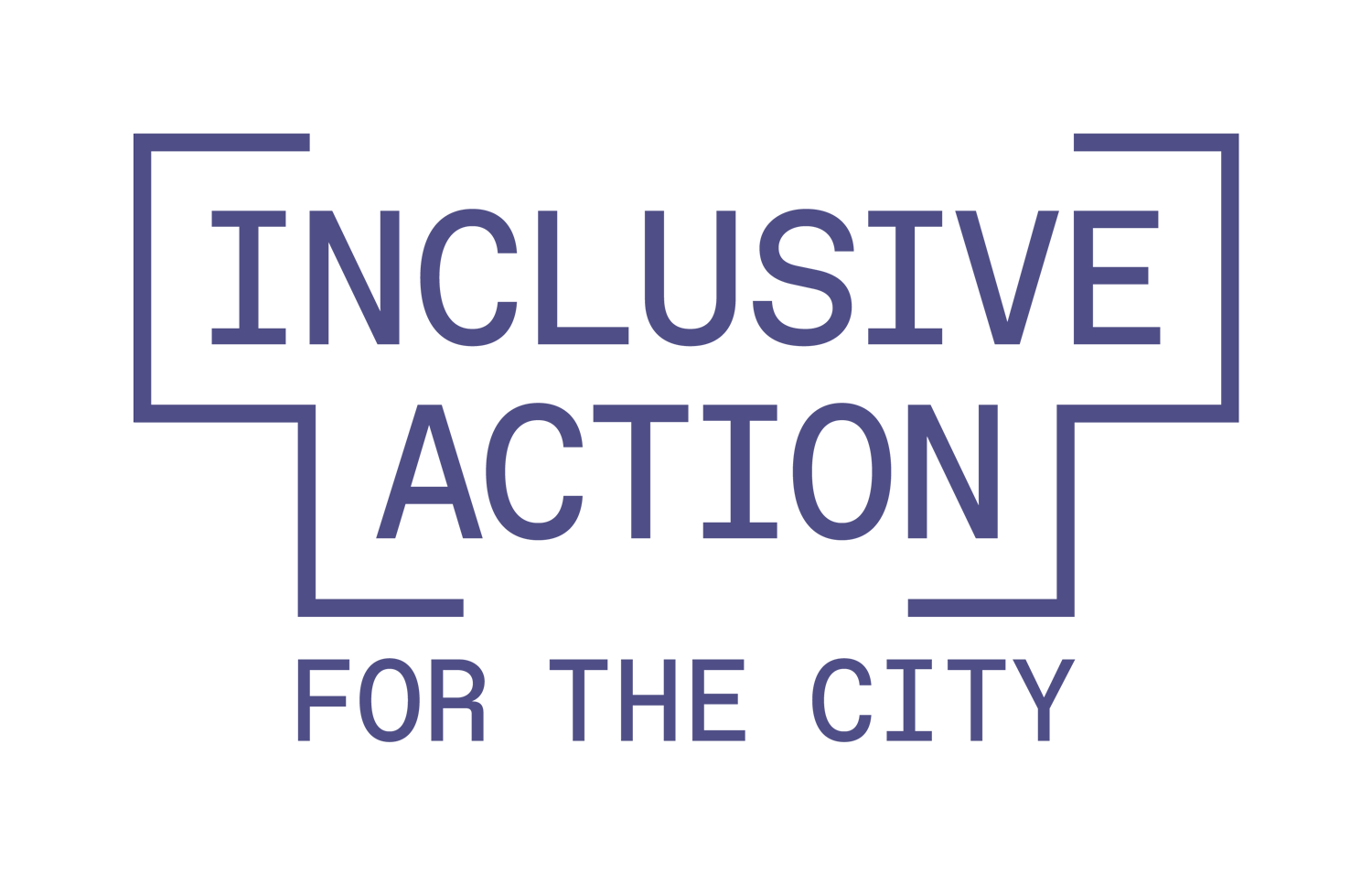Bienes inmuebles de propiedad comunitaria: Un camino hacia la equidad y la justicia
Por Chih-Wei Hsu, investigador asociado
¿Qué significaría para una sociedad que los miembros de la comunidad fueran propietarios colectivos de bienes inmuebles en lugar de propietarios individuales? Empoderamiento. Autodeterminación. Justicia racial y económica. Equidad.
Eso es lo que conseguirían los terrenos de propiedad comunitaria.
La Alianza Nacional para la Recuperación Equitativa, conocida como NERA, celebró el primer seminario web sobre propiedad y administración comunitarias de una serie de cuatro. Inclusive Action es una organización codirigida por NERA, que reúne a profesionales y defensores de la comunidad. En el seminario web se presentó la historia de la propiedad comunitaria de la tierra, se examinaron las estrategias empleadas por las comunidades de color en respuesta a las barreras sistémicas y se debatió la relación entre la propiedad comunitaria y otros movimientos.
La propiedad y la administración comunitarias son una forma de economía solidaria, que garantiza a los residentes el control y la agencia sobre sus comunidades y la participación en todo su trabajo y riqueza. Propiedad de bienes y recursos mediante la toma de decisiones comunitarias honra tanto a la tierra como a las personas. Se lleva a cabo mediante estrategias dirigidas por la comunidad que reconocen los daños del pasado y ofrecen una forma de curarse de las injusticias anteriores.
La administración y la propiedad comunitarias existen desde hace milenios. Para muchas culturas indígenas, la tierra no puede ser propiedad, especialmente de los individuos. En su lugar, la comunidad actúa como administradora colectiva de la tierra.
Sin embargo, en Estados Unidos, una combinación de fuerzas -políticas racistas de vivienda y renovación urbana, financiarización del sector inmobiliario y desregulación financiera- ha hecho que la propiedad esté fuera del alcance de muchas comunidades BIPOC. Al mismo tiempo, los inversores externos tienen una influencia desproporcionada en sus comunidades. La propiedad y la administración comunitarias son formas de poner en práctica la autodeterminación y la estabilidad de la comunidad al tiempo que se retienen y reinvierten los beneficios generados por los bienes inmuebles y la tierra. Esta es precisamente la razón por la que Acción Inclusiva está impulsando nuestro compromiso con este movimiento.
Ya hay en marcha proyectos de propiedad comunitaria de la tierra. Por ejemplo, en Los Ángeles hay muchos ejemplos de propiedad y gestión comunitarias, como una inversión de 50 millones de dólares del condado de Los Ángeles para desarrollar y gestionar un banco de tierras, así como un grupo de organizaciones sin ánimo de lucro, entre ellas Inclusive Action for the City, que ha creado una entidad para retirar propiedades comerciales del mercado especulativo en barrios en proceso de gentrificación y luego traspasar la propiedad a las pequeñas empresas que residen en esos edificios.
NERA también compartió su sitio web de recursosque ofrece una red de profesionales comunitarios. También conocida como Community Field Notes, apoya a las organizaciones y comunidades que trabajan en la propiedad y la administración comunitarias mediante el aprendizaje entre iguales, el intercambio, la organización comunitaria, la creación de coaliciones y la promoción para reforzar las políticas y las inversiones.
NERA ha programado tres seminarios web adicionales.
Ilustración en miniatura: Steve McCarthy para Fine Acts
